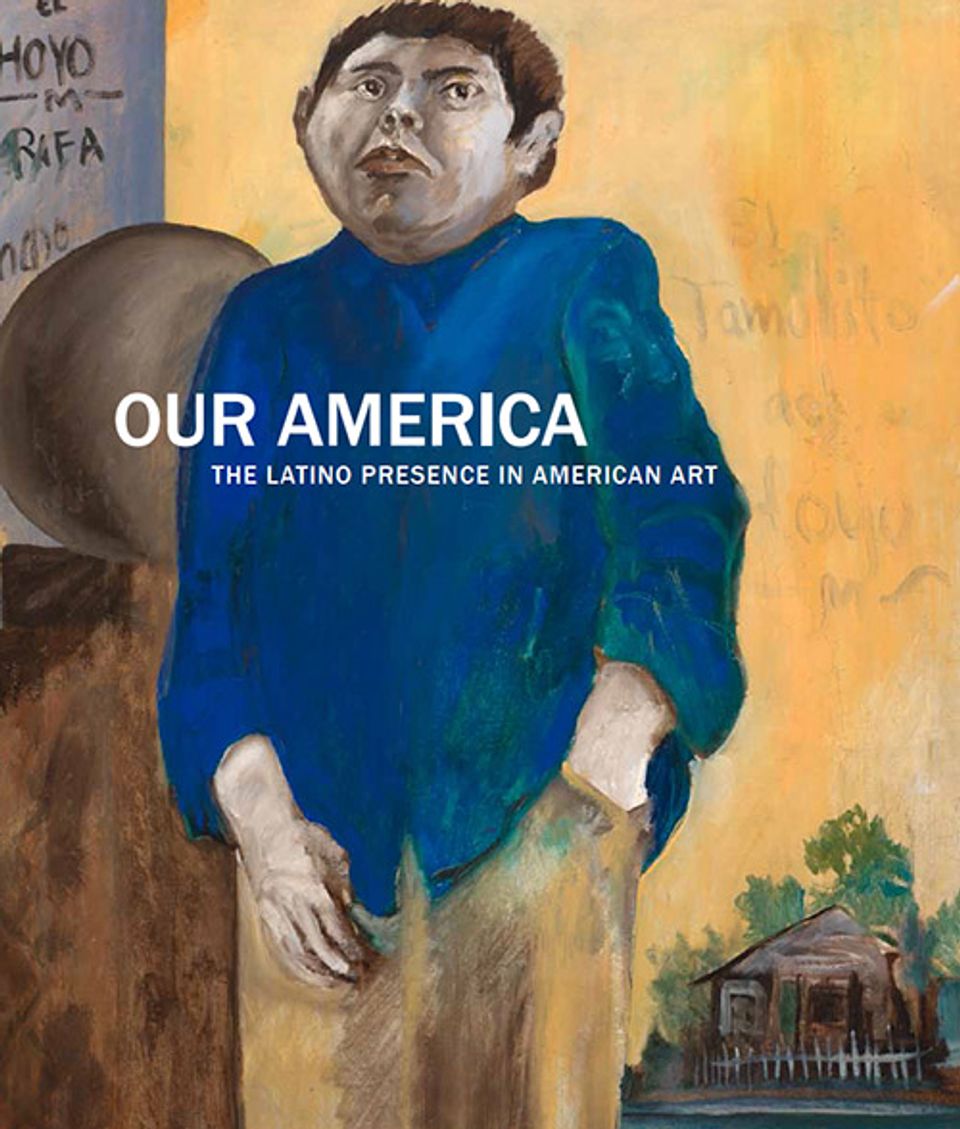Artwork Details
- Title
- Radiante
- Artist
- Date
- 1967
- Location
- Dimensions
- 68 x 62 in. (172.7 x 157.5 cm)
- Credit Line
- Gift of JPMorgan Chase
- Mediums
- Mediums Description
- oil on canvas
- Classifications
- Highlights
- Subjects
- Abstract
- Object Number
- 2013.17
Artwork Description
Radiante conjures a mood—or a temperature—rather than a specific time or place. Olga Albizu rhythmically applied blocks of yellow, orange, and black paint to orchestrate what she called “a conversation between color and form.” The result is a joyous work that bathes the viewer in light.
Albizu was part of a vanguard of artists in Puerto Rico who favored abstraction over figuration or nationalist-inflected themes. After graduating from university, she studied painting in New York, Paris, and Florence before settling in New York in 1946. There, her work became increasingly aligned with abstract expressionism at a time when that movement was defining New York as a new global art center.
En Radiante, Albizu aplicó en forma rítmica grandes bloques de pigmento sobre un fondo amarillo para orquestar lo que llamaba “una conversación entre el color y la forma”. Su vívida paleta expresa que, al igual que otros expresionistas abstractos, la artista creía en el poder emotivo del color. La obra de Albizu es mundialmente reconocida y sus telas han adornado las cubiertas de varios álbumes de jazz de RCA y Verve, incluyendo el clásico de la bossa nova Getz/Gilberto (1964). Entre los primeros artistas puertorriqueños en adoptar la abstracción, Albizu estudió con el pintor Esteban Vicente antes de mudarse a Nueva York. Allí se convirtió en estudiante de Hans Hoffmann, el artista emigrado alemán que tuvo un impacto decisivo en el arte estadounidense de mediados de siglo.
Nuestra América: la presencia latina en el arte estadounidense, 2013
The Latino Art Collection at the Smithsonian American Art Museum represents a deep and continuing commitment to building a great national collection reflecting the rich contributions of Latinos to the United States, from the colonial period to the present. These artworks present a picture of an evolving national culture that challenges expectations of what is meant by the words American and Latino.
Smithsonian American Art Museum: Commemorative Guide. Nashville, TN: Beckon Books, 2015.















